Venus Flower Basket: Brighter then Evolution - YouTube
here is a more scientific doc : Venus Basket (glass Skeleton) - YouTube
The Venus' Flower Basket, or Euplectella aspergillum is a hexactinellid sponge in the phylum Porifera inhabiting the deep ocean. In traditional Asian cultures, this particular sponge (in a dead, dry state) was given as a wedding gift because the sponge symbiotically houses two small shrimp, a male and a female, who live out their lives inside the sponge. They breed, and when their offspring are tiny, the offspring escape to find a Venus Flower Basket of their own. The shrimp inside of the basket clean it, and in return, the basket provides food for the shrimp by trapping it in its fiberglass-like strands, and then releasing it into the body of the sponge for the shrimp. It is also speculated that the bioluminescent light of bacteria harnessed by the sponge may attract other small organisms which the shrimp eat.
The glassy fibers that attach the sponge to the ocean floor, 5-20 cm long and thin as human hair, are of interest to fiber optics researchers.
The glassy fibers that attach the sponge to the ocean floor, 5-20 cm long and thin as human hair, are of interest to fiber optics researchers. The sponge extracts silicic acid from seawater and converts it into silica, then forms it into an elaborate skeleton of glass fibers. Other sponges such as the orange puffball sponge can also produce glass biologically. The current manufacturing process for optical fibers requires high temperatures and produces a brittle fiber. A low-temperature process for creating and arranging such fibers, inspired by sponges, could offer more control over the optical properties of the fibers. These nano-structures are also potentially useful for the creation of more efficient, low-cost solar cells.
Ask any evolutionist, and he will tell you that the Venus Flower Basket is one of the least-evolved animals. This animal is actually a sponge that is made up of a colony of creatures, and it does some amazing things.
The Venus Flower Basket builds a basket-like skeleton made up of glass-like silica covered only by a thin layer of cells. The intricate internal structure of this skeleton is reinforced to provide the greatest strength using the least amount of material. The resulting skeleton turns out to be a fiber optic network whose sophistication has been compared to modern fiber optics used for telecommunications networks.
Symbiotic luminescent microorganisms make a home inside the base of the sponge, sending their light throughout the Flower Basket's fiber optic skeleton. The Flower Basket traps shrimp inside this skeleton, where they spend their entire lives. The food they drop feeds those luminescent microorganisms at the bottom of the basket. The purpose of the light pulses is to attract prey to feed the shrimp, who, in turn, feed the source of the light pulses! All of this is even more impressive, given the fact that the Flower Basket has no nervous system whatsoever.
The glassy fibers that attach the sponge to the ocean floor, 5-20 cm long and thin as human hair, are of interest to fiber optics researchers.
The glassy fibers that attach the sponge to the ocean floor, 5-20 cm long and thin as human hair, are of interest to fiber optics researchers. The sponge extracts silicic acid from seawater and converts it into silica, then forms it into an elaborate skeleton of glass fibers. Other sponges such as the orange puffball sponge can also produce glass biologically. The current manufacturing process for optical fibers requires high temperatures and produces a brittle fiber. A low-temperature process for creating and arranging such fibers, inspired by sponges, could offer more control over the optical properties of the fibers. These nano-structures are also potentially useful for the creation of more efficient, low-cost solar cells.
Ask any evolutionist, and he will tell you that the Venus Flower Basket is one of the least-evolved animals. This animal is actually a sponge that is made up of a colony of creatures, and it does some amazing things.
The Venus Flower Basket builds a basket-like skeleton made up of glass-like silica covered only by a thin layer of cells. The intricate internal structure of this skeleton is reinforced to provide the greatest strength using the least amount of material. The resulting skeleton turns out to be a fiber optic network whose sophistication has been compared to modern fiber optics used for telecommunications networks.
Symbiotic luminescent microorganisms make a home inside the base of the sponge, sending their light throughout the Flower Basket's fiber optic skeleton. The Flower Basket traps shrimp inside this skeleton, where they spend their entire lives. The food they drop feeds those luminescent microorganisms at the bottom of the basket. The purpose of the light pulses is to attract prey to feed the shrimp, who, in turn, feed the source of the light pulses! All of this is even more impressive, given the fact that the Flower Basket has no nervous system whatsoever.





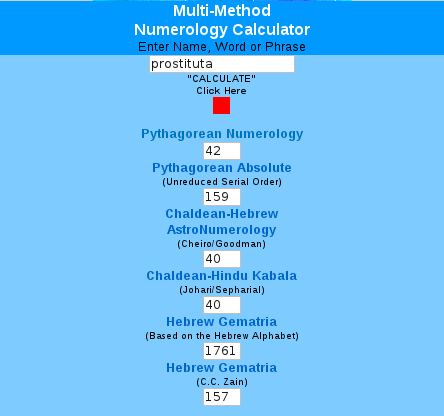


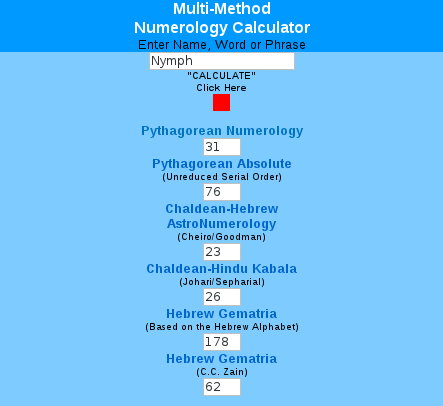
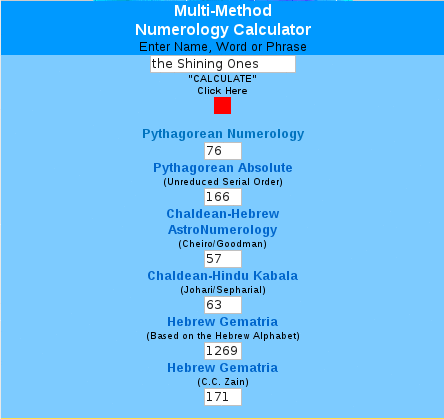

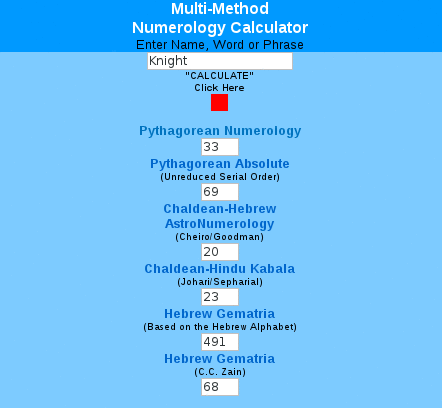
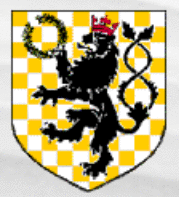
 .....
..... 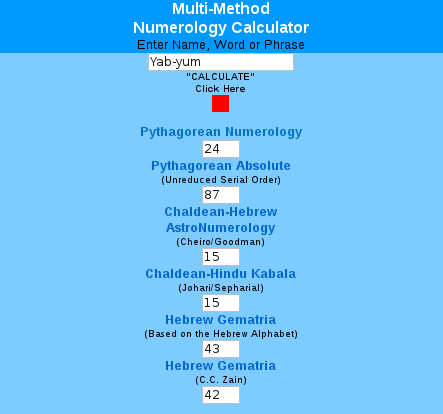
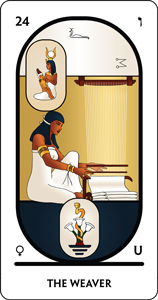




 .... listen to
.... listen to 
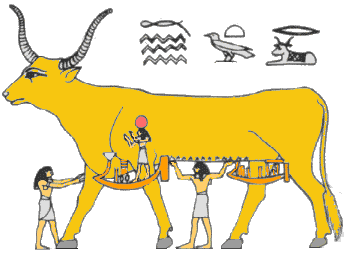
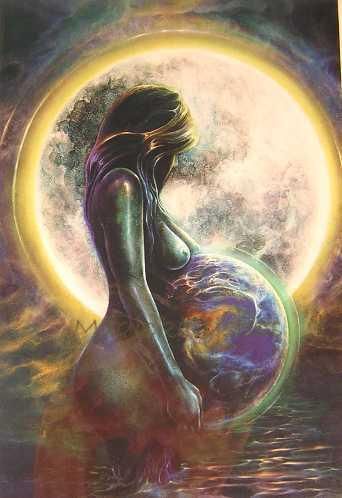
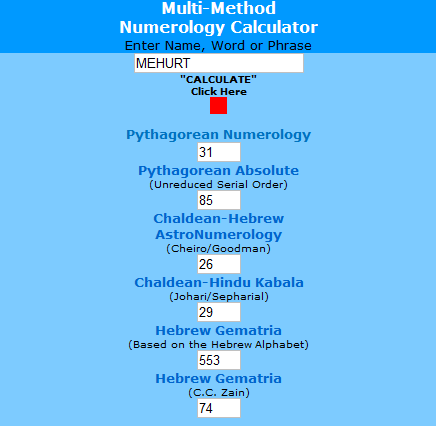

 .....
..... 















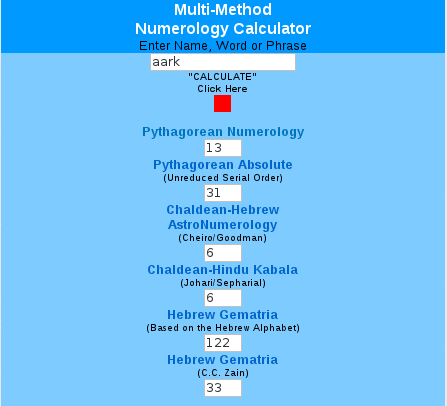


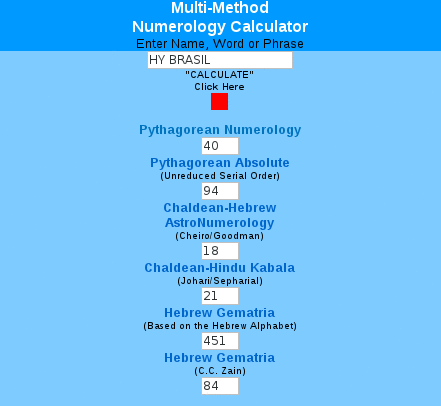





 .....
..... 
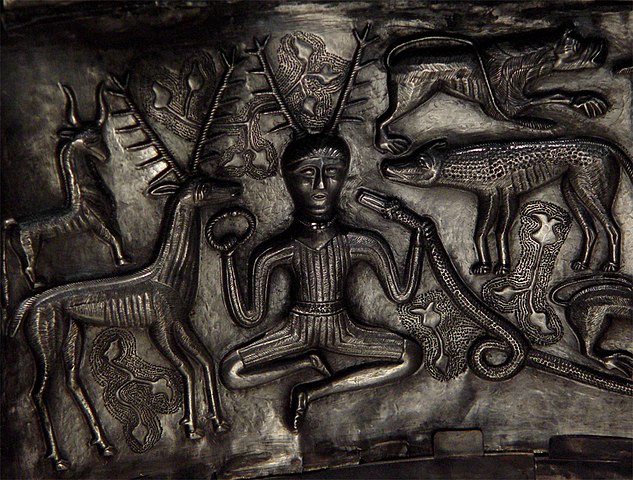

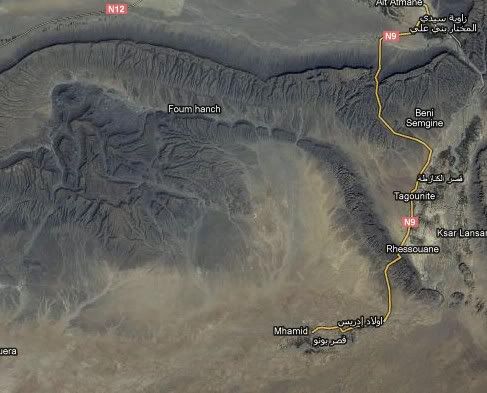








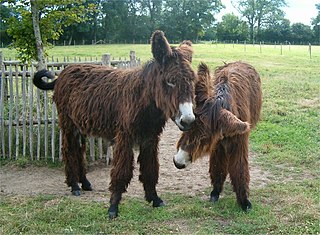

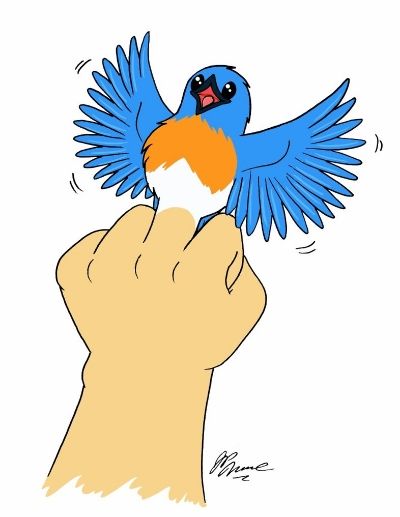


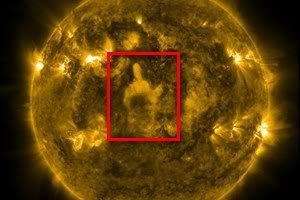







Comment